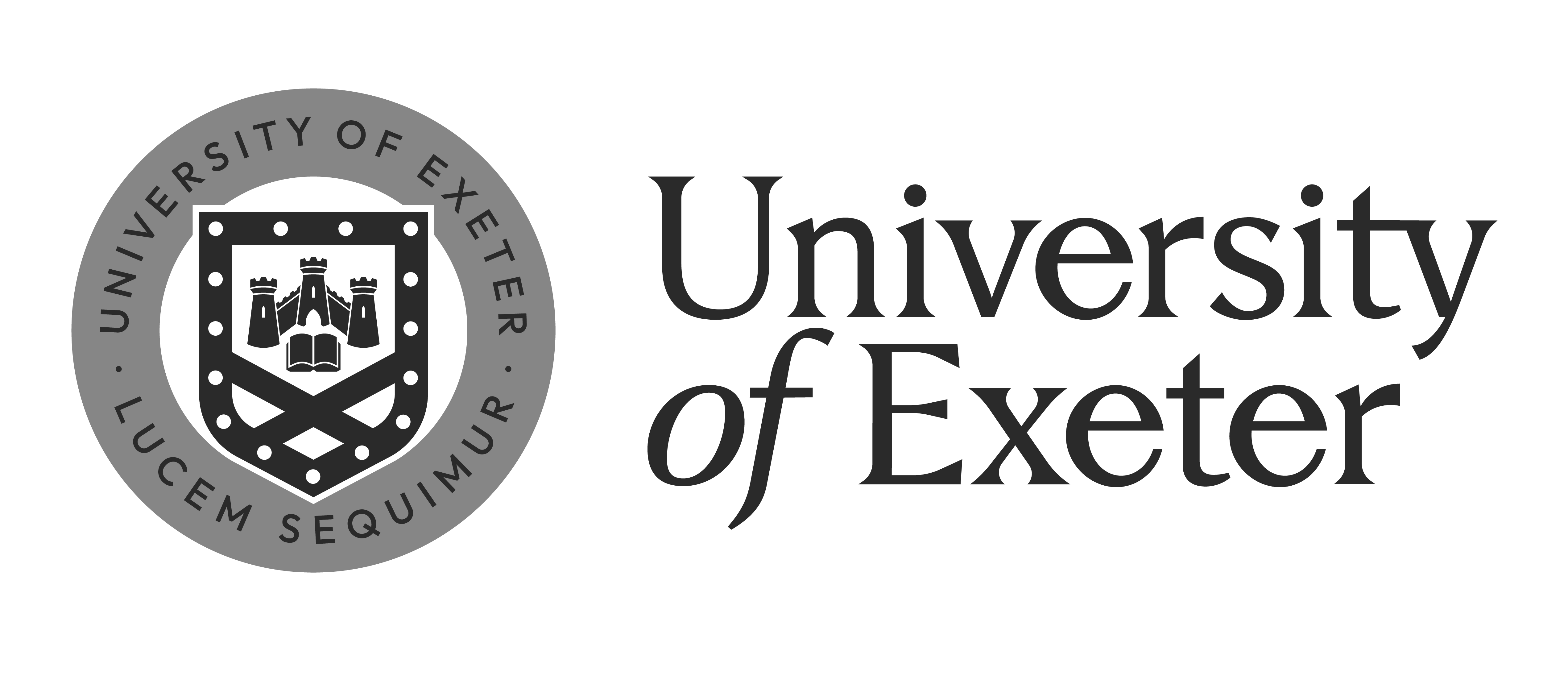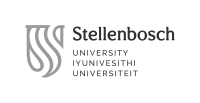F2004 Art and Architecture in Renaissance Venice
Professors
Schedule
Course description
This course aims at an understanding of the participation of Venice in the Italian Renaissance, a movement that, from the mid-fourteenth century to the late sixteenth century, attempted to revive the culture of classical antiquity, especially that of ancient Rome.
Since the mid-fifteenth century, Venice – the wondrous medieval city on water that had prospered as the commercial and cultural hinge between the Middle East and Northern Europe – witnessed a stylistic shift towards the Renaissance, albeit in its own way. What historical circumstances, values and purposes lay behind such a shift? What are the distinctive features of Venetian Renaissance art and architecture? What factors and reasons may explain them? These are the background questions of this course, which, investigating the city itself, its key places, and selected buildings, paintings and sculptures, will enable us not only to appreciate their outstanding artistic values and the work of renowned artists, but also to tackle issues such as cultural identity and hybridity, and the civic and political relevance of the visual arts.
Syllabus
1. Renaissances and the Italian Renaissance. Essentials and observations
2. The otherness of Venice. Building the city, the identity, and the ‘myths’ of Venice
3. Venice’s hubs: Rialto and Piazza San Marco
4. Venice’s heart: the church of San Marco
5. A holy city: architecture and art of Venetian churches
6. The contribution of the non-ruling classes to the civic splendor: art and architecture of the Venetian Scuole.
7. «In our particular way». The evolving Venetian tradition of ‘great’ and ‘simple’ houses
8. Architecture and architectural practice in fifteenth-century Venice: The Lombardo workshop and Mauro Codussi
9. Venice as a new Rome. Jacopo Sansovino
10. A strained relationship: Andrea Palladio and Venice.
Course structure and assignments
Classes will consist in seminar meetings (via Zoom and also face-to-face, possibly, from the third week of the term). Depending on the topic and the number of the students attending, each meeting may combine introductory lectures, students’ brief presentations on assigned material or fieldwork (either in Venetian places or in art collections elsewhere), group work (analysis of works of art/architecture or primary texts) followed by informal presentations to the class and collective discussions.
All students will have to examine the assigned material (ranging from high definition images, virtual reconstructions and videos to primary texts or secondary literature) carefully and critically in advance, week by week, to be ready to contribute to, and also to conduct, discussion. Students are also encouraged to propose images or primary texts concerning the art and architecture of their own countries which can be profitably compared or contrasted with the assigned material.
If the pandemic situation permits, from the third week onwards in-door meetings will be supplemented by on-site meetings including Piazza San Marco, the churches of San Zaccaria, San Giovanni Crisostomo and San Sebastiano, Palazzo Grimani at Santa Maria Formosa, the Scuola Grande di San Marco, the Scuola Grande di San Rocco, and the Gallerie dell’Accademia. Please note that, in this case, the course timetable will often overlap the lunch break to allow time to reach the sites. Some of the site visits that will be organized as VIU co-curricular activities will also constitute an integral part of the course.
In the first half of the term, students will choose a research topic relating to the course contents in agreement with the professor. They will briefly describe the topic, the reasons for their choice and how they intend to carry on their research with a ten-minute presentation in one of the classroom meetings before the mid-term break, and they will also share the outcomes of their study with a ten-minute presentation followed by discussion in the last classroom meeting of the course.
Individual study programs, involving assignments and online meetings on a weekly basis, can be agreed with those students who cannot attend live classes.
Learning goals
- Awareness of the different and changing interpretations of the Western Renaissance
- Knowledge of key issues concerning Italian Renaissance architecture and art
- Overall knowledge of the architectural and artistic heritage of Venice, detailed knowledge of the places, buildings and artworks examined during the course
- Comprehension and use of the specific terminology of art history and architecture, including the fundamentals of the classical language of architecture
- Familiarity with analysis and interpretation of works of art and architecture
- Familiarity with visual and written study materials relating to the architectural/artistic heritage
- Ability to produce presentations and research papers involving visual analysis, reading of scholarly publications, and critical thinking.
Evaluation
Final grades will be based on:
(students who take the course synchronously)
- attendance, participation in the course activities and discussions, personal efforts made to create a friendly and engaging atmosphere of collaboration, encourage discussion and promote cultural exchange (30%)
- class presentations, including the mid-term presentation of the research topic (30%)
- final research paper: class presentation and written version (of around 10.000 characters with spaces, or 3,5 pages single-spaced, following the course guidelines) to be handed by the end of the term (40%).
(students who take the course asynchronously)
- weekly assignments and discussions (50%)
- final research paper (50%)
Course materials and bibliography
All course materials will be provided in the Moodle platform of the course. However, in order to establish a shared ground for discussion, prospective students – also those who have already followed art history courses – are invited to browse the Units “Recovering the Golden Age”, “A New World of Learning”, “Artists and Patrons”, and “The Making of an Artist”, of Italian Renaissance Learning Resource, a project by Grove Art Online in collaboration with the National Gallery of Art of Washington, which is freely available on the website http://www.italianrenaissanceresources.com/.
The books listed below might also be of interest for orientation and reference.
Critical approaches to the Renaissance:
- PETER BURKE, (1998), The European Renaissance: Centres and Peripheries, Oxford, Blackwell.
- JACK GOODY, (2009), Renaissances: The One or the Many? Cambridge, Cambridge University Press.
The history, society and civilization of Venice in its ‘imperial age’:
- DAVID CHAMBERS, (1970, or other editions), The Imperial Age of Venice, 1380-1580, [New York] Harcourt Brace Jovanovich.
Renaissance Venice:
- PATRICIA FORTINI BROWN, (1997), Art and Life in Renaissance Venice, New York, Harry N. Abrams.
- LOREN PARTRIDGE, (2015), Art of Renaissance Venice 1400-1600, Oakland California, University of California Press.
The ‘myths’ of Venice through the visual arts:
- DAVID ROSAND, (2001), Myths of Venice. The Figuration of a State, Chapel Hill and London, The University of North Carolina Press.
A guide to architecture throughout the world and throughout history, with proper terminology:
- EMILY COLE, (2002), The Grammar of Architecture, ed., Boston-New York-London, Bulfinch Press.


















